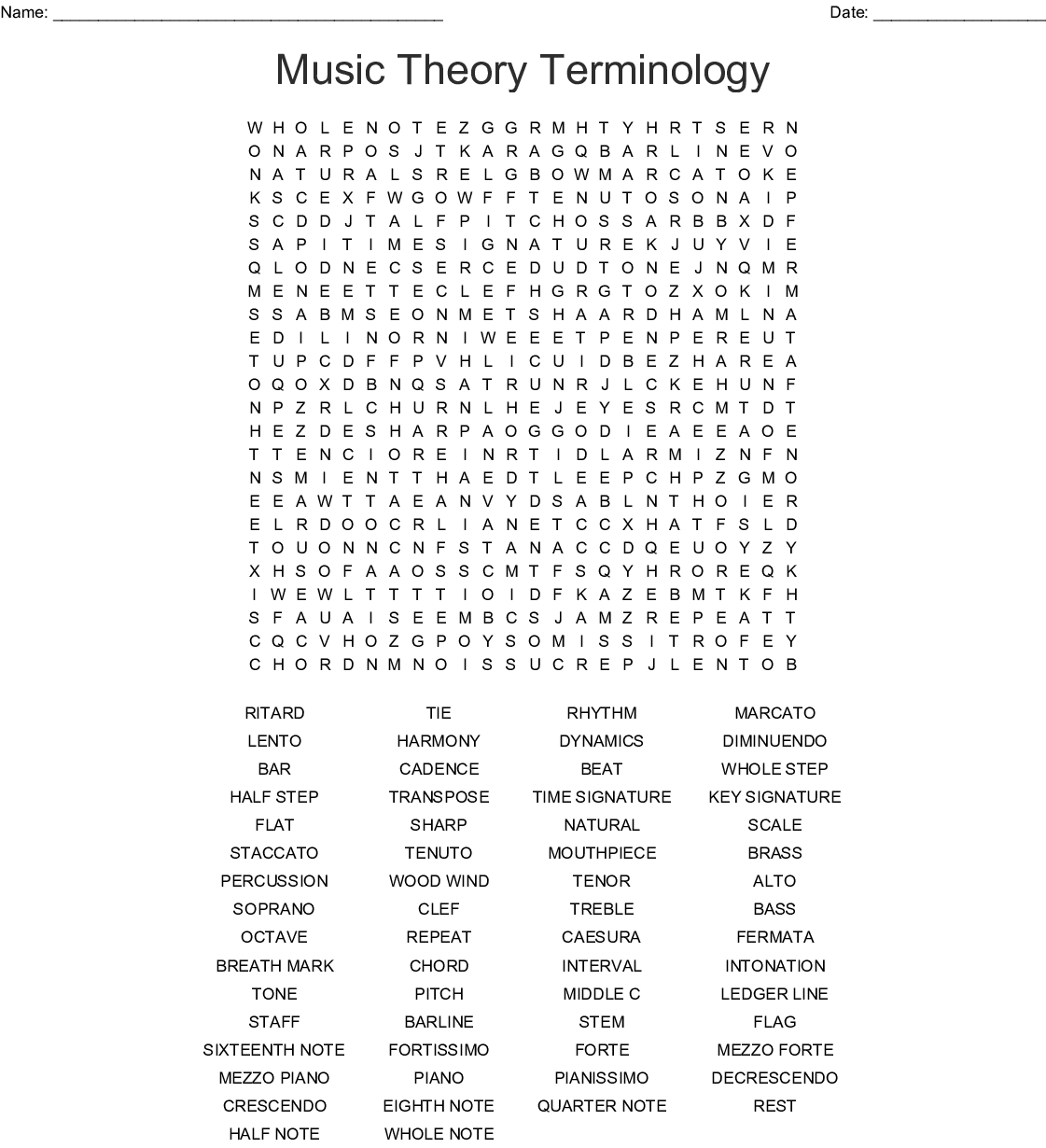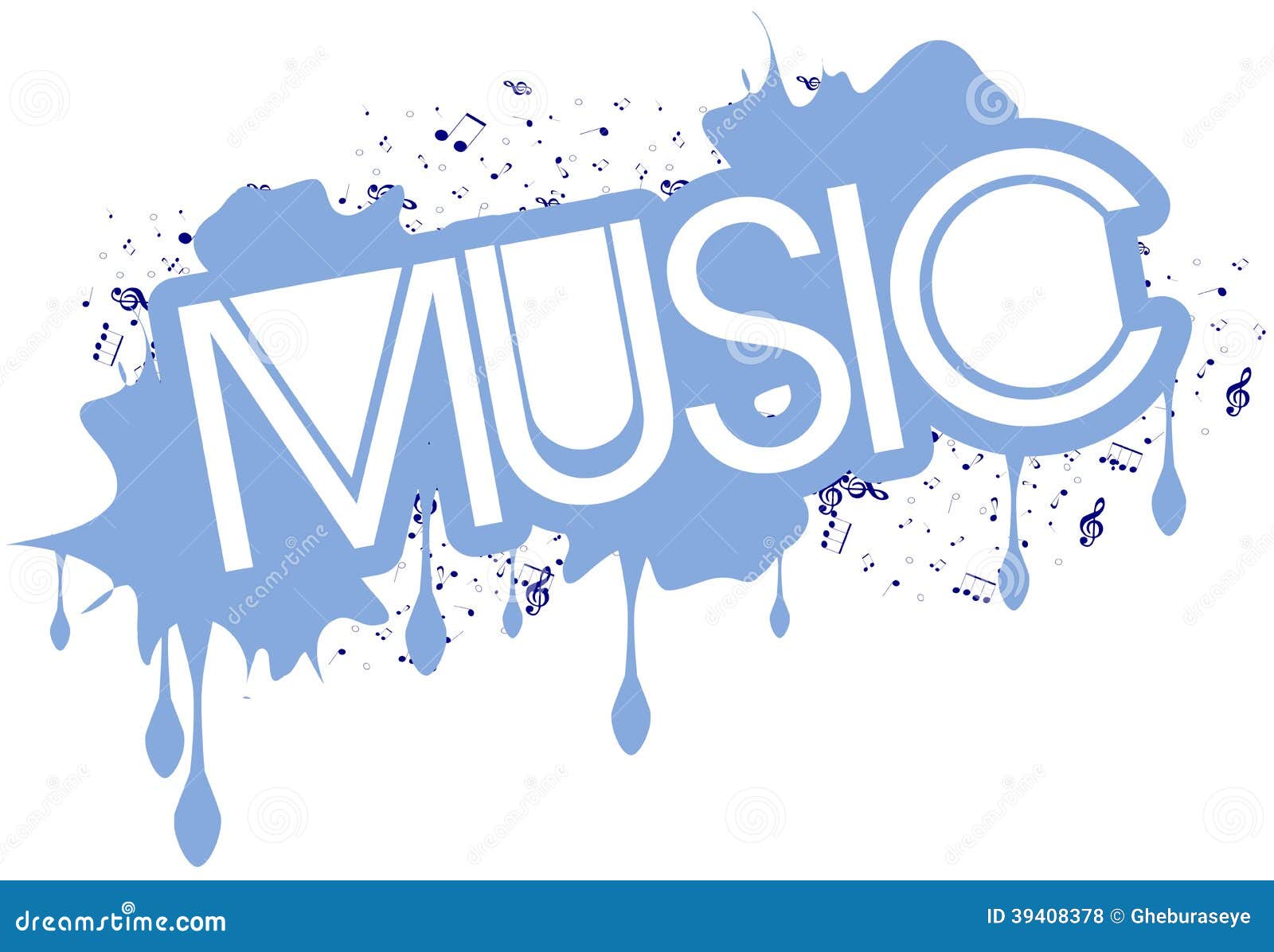
a different appearance for the same glyph with equivalent meaning). two or more symbols drawn as a single glyph) and stylistic alternates (i.e.

SMuFL uses the standard Private Use Area in the Basic Multilingual Plane (starting at code point U+E000), and currently includes nearly 2600 glyphs, plus several hundred further optional but recommended glyphs, primarily ligatures (i.e. The aim of the Standard Music Font Layout (SMuFL) is to provide the basis for music font mapping for the age of Unicode and OpenType fonts. To date the only commercially available music font that uses the Unicode mapping is Adobe Sonata Std, and its repertoire is incomplete. However, its repertoire of 220 symbols does not extend dramatically beyond the scope of the original 1985 version of Sonata, though it does add symbols for mensural and Gregorian notation. This range of 220 glyphs was duly accepted into the Unicode Standard, and those symbols are found at code points U+1D100–U+1D1FF.

In 1998, Perry Roland of the University of Virginia drafted a proposal for a new range of musical symbols to be incorporated into the Unicode Standard. However, since Sonata includes fewer than 200 glyphs, and even conventional music notation requires many more symbols than that, individual vendors have devised their own mappings for glyphs beyond Sonata’s initial set.īy 2013, for example, the Opus font family that is still Sibelius’s default font set contains no fewer than 18 fonts with more than 600 glyphs between them. Most music fonts developed since then, including Steve Peha’s Petrucci (the first music font for Finale, dating from 1988) and Jonathan Finn’s Opus (the first music font for Sibelius, dating from 1993), have followed Sonata’s layout.


Sonata mapped the musical symbols onto keys on the standard QWERTY keyboard, using some simple mnemonics (the treble G clef, for example, was mapped onto the & key, and the sharp sign onto #). Computer software has been displaying musical symbols of various kinds since the 1960s, but the first font for musical symbols did not arrive until 1985, when Cleo Huggins designed Sonata for Adobe.


 0 kommentar(er)
0 kommentar(er)
